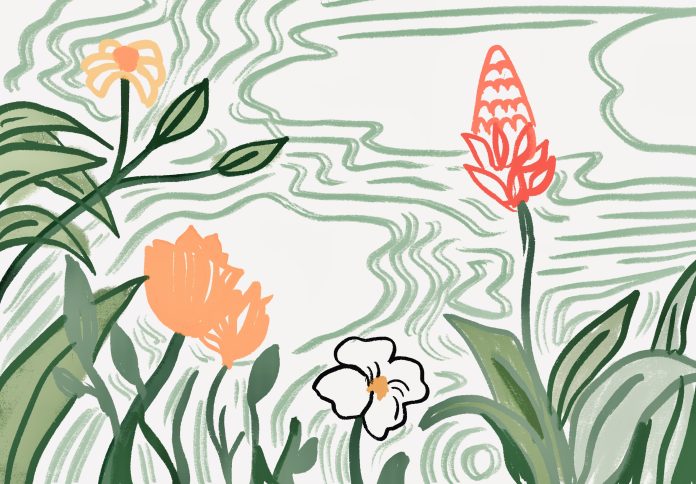Melanie Martinez
Science and Tech Editor
UC Santa Barbara (UCSB) is set in a unique environment between ocean and mountains, a perfect setting for a wide range of ecosystems and incredible biodiversity. The environment here at UCSB might be a stark contrast for some students, from the blue oceanside of the Pacific to the green mountains of the Santa Ynez range. They probably have never seen some of the animals or plants that are native here.
Last year The Bottom Line (TBL) featured a variety of the region’s diverse flora and fauna in our Nature at UCSB series. Here’s a recap for our incoming (and returning!) Gauchos.
The Striped Skunk
If you take a walk around campus at night after getting out of class or studying at the library you may see these striped black and white critters scurrying across your path. Known for the unpleasant odor that they release when threatened, they are feared by people. However, skunks are nocturnal animals so you might only interact with one at night. Like most animals, as long as you keep your distance and do not disturb them, they won’t bother you in return. They are an interesting sight to see and you can’t help but stand and observe them.
Dunedelions
Some people may get this California-native herb confused for a dandelion but the dunedelion is the little bunches of yellow that you see among larger patches of grass. The dunedelion, also known by its biological name malacothrix incana, is most commonly found at Campus Point and Depressions Beach, as the dunedelion grows in sandy dunes. It originally is from San Diego but is now found in the Santa Barbara and San Luis Obispo areas. Compared to their sister plant, the dunedelion’s yellow color is softer than the vibrant yellow of the dandelion.
California Legless Lizard
Another animal that is roaming around UCSB is the California legless lizard. The lizard looks very similar to the snakes native to the area but they are, in fact, a different species entirely. Their distinguishable characteristics are their movable eyes and their detachable tail. This is an interesting reptile because they are so unique from other types of lizards. Unlike the other two species mentioned, it is quite difficult to be able to see a legless lizard on campus. However, there is a good chance that they’re hidden and slithering in the nearby bushes even if you can’t see them.
Mallard Ducks
A common feathery friend that can be found around the lagoon is the mallard duck. With its iridescent green head and bright yellow beak the mallard duck is physically unique compared to its female counterpart. The duck is not only common here at UCSB but everywhere in North America. An intriguing action to see the mallard duck do is eating! They dip underwater to search for food while their feet and tail are sticking up into the air. It’s funny, but serves as the ideal way for the mallard duck to get its food.
These flora and fauna are a few examples of the incredible biodiversity to be discovered at UCSB. Whenever you’re on a walk around campus, take in the scenery and maybe you’ll find the plants and animals you just read about — or even discover some new ones!











